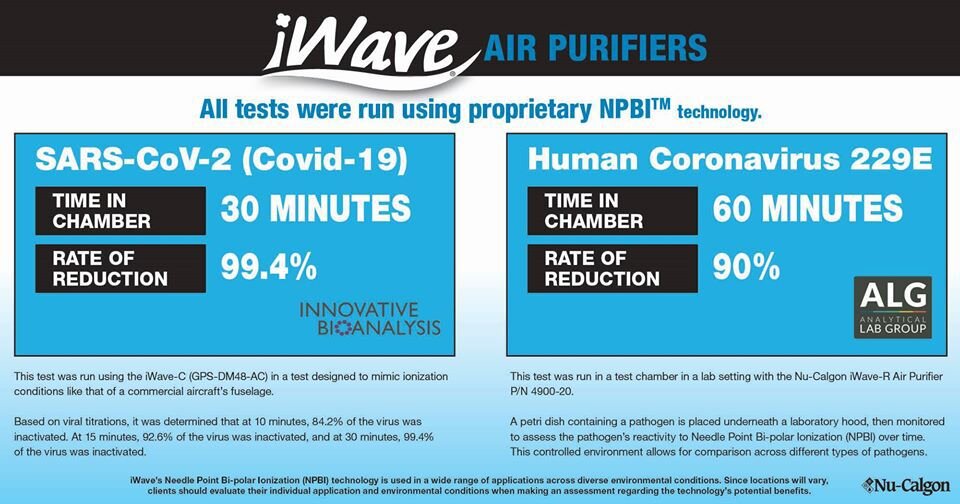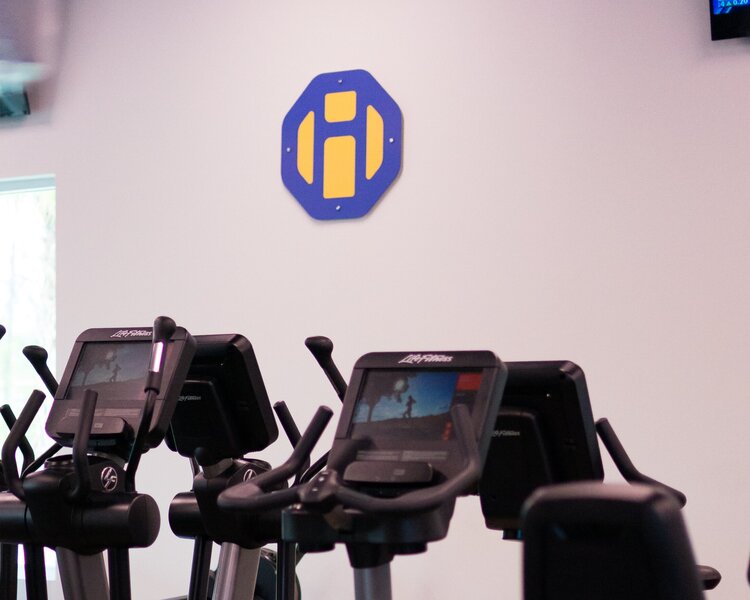
Maybe you’re a healthy person with no respiratory issues, or maybe you’re someone who suffers from allergies and asthma. Whatever the case, everyone will reap the benefits of breathing cleaner air, especially in this modern covid-19 world.
TYPES OF AIR IONIZERS
There are two types of air ionizers, electrostatic precipitators and ion generators. Both types give an electric charge to polluting particles. The charged particles, or ions, are attracted to particles with the opposite charge (because science). The charged particles will then stick to each other. The difference between electrostatic precipitators and ion generators is how they charge the particles and what happens to the particles after they’re charged.
Electrostatic precipitators draw in air to the purifier. The charged particles are collected on oppositely charged flat plates (i.e., if the particles are positively charged, the flat plates are negatively charged). These plates must be wiped cleaned on a regular basis. In a nutshell, electrostatic precipitators draw in the air from a room, chase particles with ions, and leave the dirty particles on flat plates.
Ion generators differ greatly from electrostatic precipitators in that they don’t draw air in to charge particles, instead, they disperse ions into the air and do not use collection plates. Some air ionizers that are equipped with this technology boast that you don’t have to clean collection plates, but if not on a collection plate, where do all those polluted/dirty particles end up? They become attached to your furniture, walls, curtains, your floor – any nearby surface is fair game. You can probably see why more people prefer electrostatic precipitators to icon generators, but not all ion generators are created equally. Yes, most ion generators leave polluted particles everywhere except in your air. They have also been known to have a pretty nasty byproduct (ozone), but as with most things in life, there’s always an exception.
WORTH THE BUZZ: IWAVE-R
The iWave-R kills mold, bacteria, and viruses while reducing allergens, static electricity, and smoke. The iWave-R prevents any worry about ozone or other harmful pollutants in the air.
HOW THE IWAVE-R WORKS
After the IWAVE is installed to the HVAC system, ions are injected into the airstream that break down harmful pollutants and gases into harmless compounds like water vapor, oxygen, and carbon dioxide. The ions created by this technology attached themselves to pollen, allergens, smoke, airborne particles, and more. The particles then continue to attach to each other until they are heavy enough to be moved by the air current and caught in the air filter. With the iWave-r, the pollutants don’t end up on the surfaces of your home. Rather, they are collected on your air filter that is changed on a regular basis. When the ions come in contact with bacteria, viruses, or mold, they remove the hydrogen atom from the pathogens. Without hydrogen, the pathogens have no energy and can’t survive.
BENEFITS AND FEATURES OF IWAVE-R
-
Self-cleaning design ensures ongoing peak performance
-
No maintenance and no replacement parts
-
Needle point ionization actively treats air in the living space
-
Kills viruses, bacteria and mold
-
Reduces odors, allergens, smoke, and other airborne particles
-
Keeps coil clean
-
Installed in over 100,000 applications
-
Does not create “black walls” as negative-only ionizer products will do







